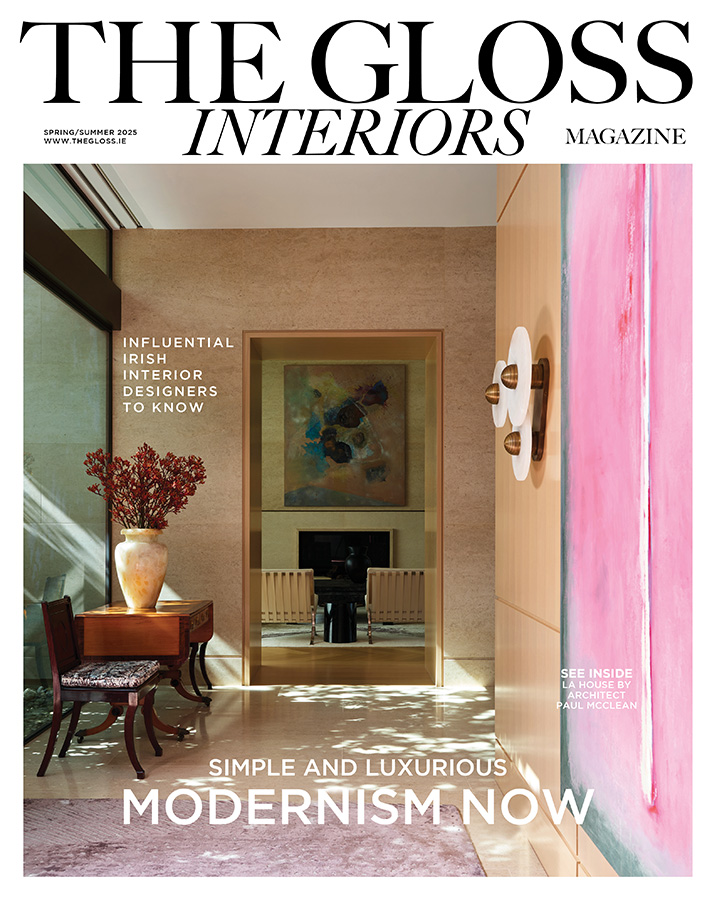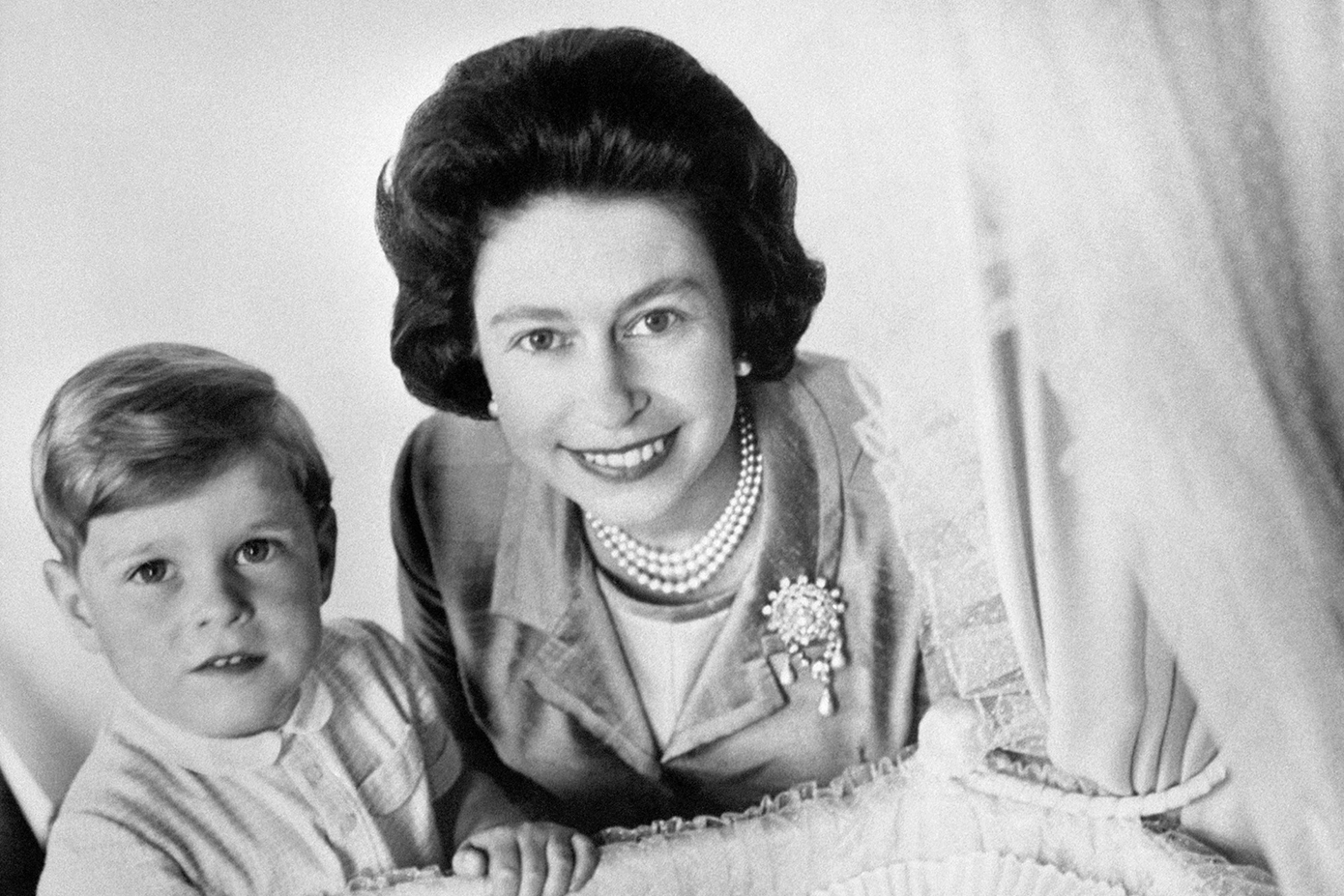His (former) royal highness? DAISY HICKEY BREAKS DOWN THE HRH TITLE – THE CURIOUS HONOUR WHICH PRINCE ANDREW IS NO LONGER AFFORDED…
Like anyone, I love the idea of having random letters or abbreviations officially following my name (M.D., B. Arch, H. Dip, etc.). Not just for LinkedIn or business cards – adding them to your signature, even if on a COVID-19 consultation form, really smacks of superiority. Random name-ending letters are perplexing and mysterious to those who don’t recognise them, while offering an air of authority, even professionalism. Of course, the best, most coveted letters, are HRH – His/Her Royal Highness. These, I know, you cannot attain from a Level 8 course.
The HRH title is what’s called a “style” or “styling”, and is used to address a certain bracket of royal people, usually princes or princesses. It’s described as an honour as opposed to an entitlement, as it’s not really automatic. A monarch is ultimately in charge of who gets a HRH title. To receive a HRH, you typically need to be the daughter or son of a king or queen – or at least, married to one.
What does the HRH title afford the royal in question?
Having the title means that whomever dares refer to you in common language, must actually use the words “His/Her Royal Highness”. It’s not clear if there is a legal penalty for forgetting to refer to a HRH as such, but it’s definitely not considered high treason.
Are there non-binary royal stylings?
Unsurprisingly, there has been no official provision made for non-binary HRHs. However, the plural and third-person version of the HRH title is actually TRH (Their Royal Highnesses), so technically, should there ever be a non-binary child of a king or queen, they could be referred to as TRH.
As there are no non-binary royals currently walking the earth as far as we know, this is completely hypothetical, but interesting to think about. Of course, Buckingham Palace has not confirmed if this would ever actually happen. I would imagine they are pre-occupied with a number of other urgent matters, at the moment. Oh, to be a fly on the wall…
When was the first instance of a HRH title?
Apparently, the “His Royal Highness” styling was first invented (and demanded) by a cardinal, not a king, and an Austrian, not a Brit. His name was Cardinal-Infante Ferdinand, Archduke Ferdinand of Austria, and was Governor of the Spanish Netherlands, way back when the Netherlands were Spanish (the 1600s). On a journey through Italy in 1633, this haughty archduke refused to address a fellow duke, Victor Amadeus I, Duke of Savoy, as “Highness”, unless he was in return addressed as “Royal Highness”.
He got his way, and the style was born. By the 18th century Archduke Ferdinand had started a trend – “Royal Highness” became the prevalent style for continental kings and queens.
United Kingdom royal styles
Today, in the United Kingdom, according to British constitutional law, use of the HRH title or simply “Royal Highness” may only be conferred by letters patent. These are legal documents signed by a head of state/monarch (in this case Queen Elizabeth II). To be technical, the HRH title can only be conferred to the offspring of the monarch’s son. Of course, there are exceptions.
1. Prince Philip and his HRH title
As the rules go, Queen Elizabeth II really does have free reign (pun intended) as to who gets to be a HRH, and during her time as head of state, she has provided the title to various family members who might otherwise fall outside the parameters of the rule. One example is her late husband, Prince Philip.
Prince Philip, as a spouse of a ruling queen, was never a king but a “prince consort”, according to royal rules. Nor was he explicitly entitled to a HRH title, given that he wasn’t offspring of a ruling king or queen. But on 22 February 1957, his lady love granted Philip the style and title of a Prince of the United Kingdom by Letters Patent. It was gazetted that he was to be known as “His Royal Highness The Prince Philip, Duke of Edinburgh”. And so he was, up until his death at the age of 99 last year.
Maybe, she did so out of the goodness of her heart as a wedding present! Or maybe she did so under some duress as a result of stormy marital negotiations, as suggested by Netflix series The Crown. We may never know for sure.
2. Princess Diana and her style
After her fatal choice to marry Prince Charles in 1981, Lady Diana Spencer became HRH The Princess of Wales. She was then unceremoniously stripped of the HRH title in her divorce settlement, but remained Princess Diana.
Although this seems unfair to the beloved Di, particularly in retrospect, the same rule did apply to fellow royal divorcée Sarah Ferguson. The Queen had issued a new Letters Patent in 1996 stating that any woman divorced from a Prince would no longer be entitled to the style of Royal Highness. It has been reported that the Queen was quite happy to let Diana hang onto the HRH, given that she would be mother to the future king – but Di’s loving and cordial ex-husband Charles forbade it. Charming.
3. Prince Andrew and his style
As of yesterday, royal embarrassment and former favourite son Prince Andrew has had his military titles and royal patronages removed. His style of HRH has been returned to the Queen, and he will stop using the style His Royal Highness in an official capacity, it has been announced.
This came after a judge announced that the sex abuse civil case against the Prince would proceed to trial, spelling further trouble for the monarchy.
4. Meghan Markle, Prince Harry and their styles
After almost four years of performing official royal duties as a couple, Prince Harry and his American actress wife Meghan Markle announced together that they were stepping back from their role as senior members of the royal family. Droves of opinion pieces by British journalists ensued. The Palace confirmed this in a statement, explaining that this meant they would no longer receive the relevant financial support from the duties. The opinion-piece tsunami gathered more momentum at this point.
One of the major talking points, though, that showed some deference on the Queen’s part, is that the controversial couple were permitted to retain their HRH titles. The couple were to officially retain their HRH stylings but not use them, being generally known instead as the Duke and Duchess of Sussex.
LOVETHEGLOSS.IE?
Sign up to our MAILING LIST now for a roundup of the latest fashion, beauty, interiors and entertaining news from THE GLOSS MAGAZINE’s daily dispatches.





